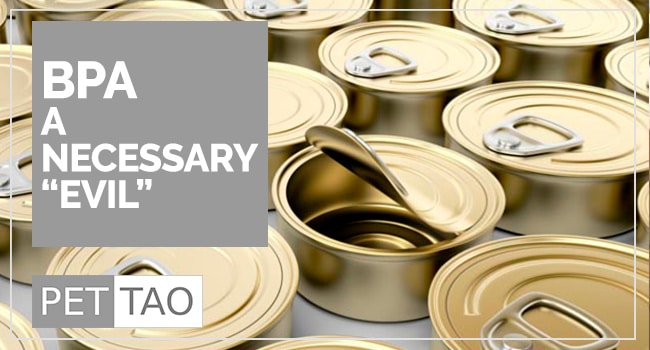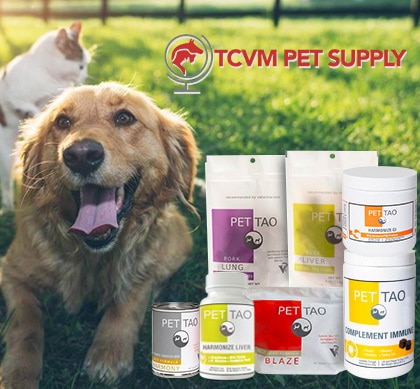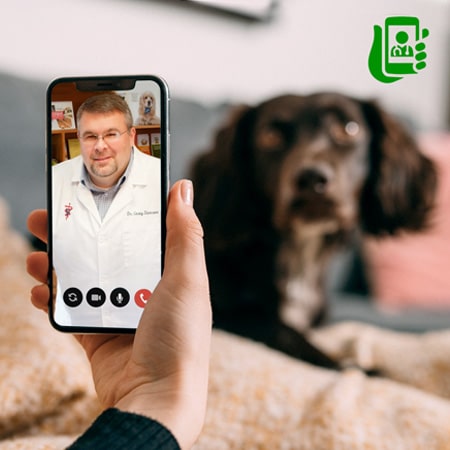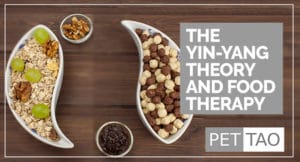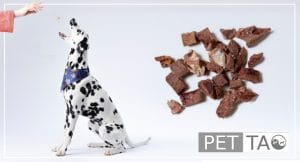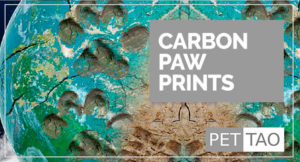Have You Heard of BPA?
Chances are, you have come across BPA.
Imagine you’re at the grocery store looking at cans of soup.
You see cans labeled “BPA-FREE!”
So, what is BPA? And why do some manufacturers avoid it?
Furthermore, if your pet’s food cans contain this chemical, is your furry friend in danger?
What is BPA?
BPA stands for bisphenol-A.
The chemical, which has been used since the 1960s, is an industrial plastic found in polycarbonate plastics and epoxy resins.
Epoxy resins coat the inside of metal cans.
Bisphenol A is also found in food and beverage containers, such as water bottles and bottle tops, dental sealants, and water supply lines.
Why Is It Dangerous?
Studies have shown containers made with bisphenol A can leach the plastic into food or beverages.
Some research shows exposure has possible effects on the brain, prostate glands, and behavior of fetuses, infants, and children.
But, based on the review of hundreds of studies, the FDA declared that BPA exposure is safe at low levels. The FDA is continuing its review.
What are the Alternatives?
Those concerned about BPA have the following options:
- Reduce the use of canned goods and other products with BPA
- Avoid heating plastic containers (The National Institute of Environmental Health Sciences advises against microwaving polycarbonate plastics or putting them in the dishwasher.)
- Look for BPA-free products
This is where things get tricky.
Recent research has shown that BPA alternatives, such as bisphenol-S, found in many “BPA-free” products, may be more harmful.
According to scientists at the University of Calgary, bisphenol-S causes abnormal growth of neurons in animal embryos. These results were also found in BPA but in lower levels.
“A lot of the alternative chemicals have not been adequately tested because they don’t have to be,” lead author Deborah Kurrasch told the Washington Post. “A compound is considered safe (by the Food and Drug Administration) until proven otherwise.”
“Finding the mechanism linking low doses of BPA (or BPS) to adverse brain development and hyperactivity is almost like finding a smoking gun,” Hamid Habibi, one of the authors of the study, said in a news release.
In 2012, the FDA said BPA could no longer be in sippy cups and baby bottles.
But, in 2014, the FDA reiterated that the chemical is safe to use in the lining of canned foods.
Are PET | TAO cans BPA-free?
Yes! We are proud to announce that as of May 2021, PET | TAO canned products are packed in BPA-free steel cans lined with an FDA-approved aluminized coating.
In fact, our co-packers work hard to minimize our carbon pawprint.
Nutripack packs our food with the environment in mind.
For example, Nutripack:
- uses BPA-free, infinitely recyclable cans.
- prints labels on post-consumer recycled material
- uses recycled materials for all packaging
- hosts an on-site recycling program
- uses skylights as the main light source in the manufacturing facility
- sources 90% of the ingredients from within 50 miles of the facility
- uses their own trucking fleet
- whenever possible, uses ingredients within 24 hours for optimum freshness
PET | TAO customers and veterinarians are selective consumers.
We want you to have peace of mind. So, we are transparent about what goes into our pet food line.
If you want to take matters into your own hands, we recommend starting with an energetically balanced home-cooked diet for cats and an energetically balanced home-cooked diet for dogs.

